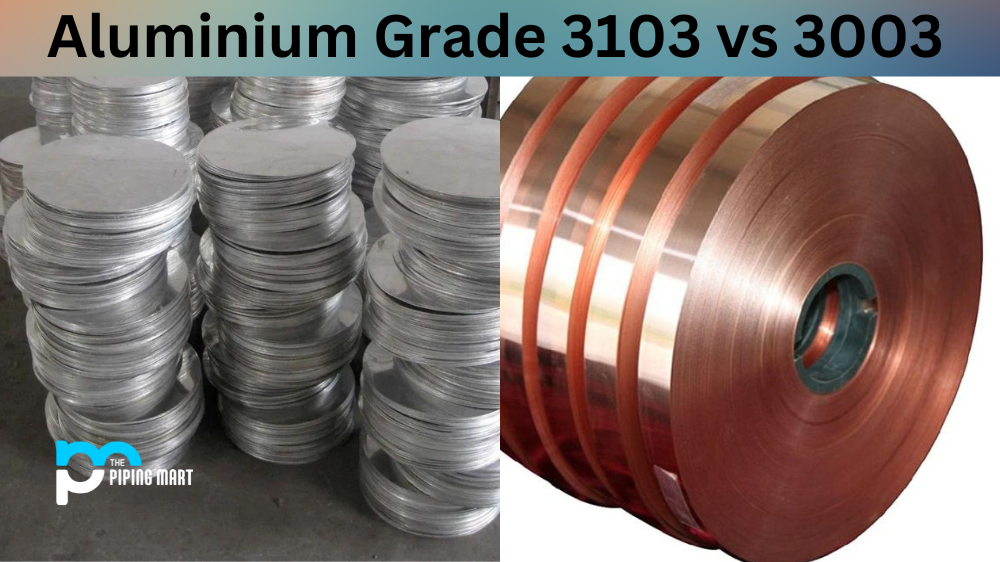When selecting the right Steel for your project, 12L14 and 1018 are two of the most common options. While these two steel grades may appear similar on paper, they have distinct differences that can affect their performance in different applications. In this blog post, we will delve into the characteristics and differences of 12L14 and 1018 steel to help you make an informed decision.
12L14 Steel
12L14 Steel is a low-carbon leaded steel characterized by its high flexibility, machinability and strength. This type of Steel offers excellent properties for cold working and is often used in screws, bolts, studs and other parts that need intricate forming operations. It can also be heat-treated to make higher tensile strength components, making it an ideal choice for industrial applications.
1018 Steel
1018 steel is a low-carbon steel containing 0.18-0.20% of carbon, manganese, phosphorous and sulfur for enhanced strength and better machinability. It provides excellent weldability properties with good formability and is often used to make structural components like axles, shafts, spindles and pins due to its superior mechanical properties.
Differences Between 12L14 Steel and 1018 Steel
Chemical Composition
One of the main differences between 12L14 and 1018 steel is their chemical composition. 12L14 Steel contains high levels of sulfur and lead, which improve its machinability. This makes it an excellent choice for applications where repetitive machining is required. In contrast, 1018 steel has a low carbon content and does not contain sulfur or lead, making it more suitable for welding and forming processes.
Tensile Strength and Durability
Another important difference between 12L14 and 1018 steel is their tensile strength and durability. 12L14 Steel has a higher tensile strength than 1018, which makes it more durable and resistant to wear and tear. This makes it an ideal choice for applications such as gears, bolts, and nuts, where strength and wear resistance are critical factors. On the other hand, 1018 steel is more malleable and can be easily formed into various shapes, making it more suitable for applications such as sheet metal or wire products.
Corrosion Resistance
Corrosion resistance is important when selecting the right Steel for your project. 12L14 Steel has a relatively low level of corrosion resistance and is susceptible to rusting. This makes it less suitable for outdoor applications or environments with high levels of moisture or humidity. On the other hand, 1018 steel has a higher level of corrosion resistance and is more suitable for outdoor applications or environments where exposure to moisture is a concern.
Cost
Cost is often a deciding factor between different steel grades. In general, 1018 steel is more affordable than 12L14 Steel due to its lower sulfur and lead content. However, the cost difference may vary depending on the specific application and requirements. Therefore, it is important to weigh the cost against the performance and suitability of each steel grade for your project.
Machining and Processing
Machining and processing are critical factors to consider when selecting the right Steel for your project. 12L14 Steel has superior machinability due to its higher sulfur and lead content, making it easier to cut and shape. It is also more suitable for drilling, tapping, and threading processes. 1018 steel, on the other hand, requires more effort and skill to machine and shape, making it more suitable for more specialized applications.
Conclusion:
In summary, 12L14 and 1018 steel are two common steel grades with distinct characteristics that make them suitable for different applications. 12L14 Steel is ideal for repetitive machining, high-stress applications, and indoor use. In contrast, 1018 steel is more suitable for welding and forming processes, outdoor use, and low-stress applications. Choosing between 12L14 and 1018 steel depends on your specific application requirements, performance needs, and budget constraints.

Abhishek is a seasoned blogger and industry expert, sharing his insights and knowledge on various topics. With his research, Abhishek offers valuable insights and tips for professionals and enthusiasts. Follow him for expert advice on the latest trends and developments in the metal industry.




